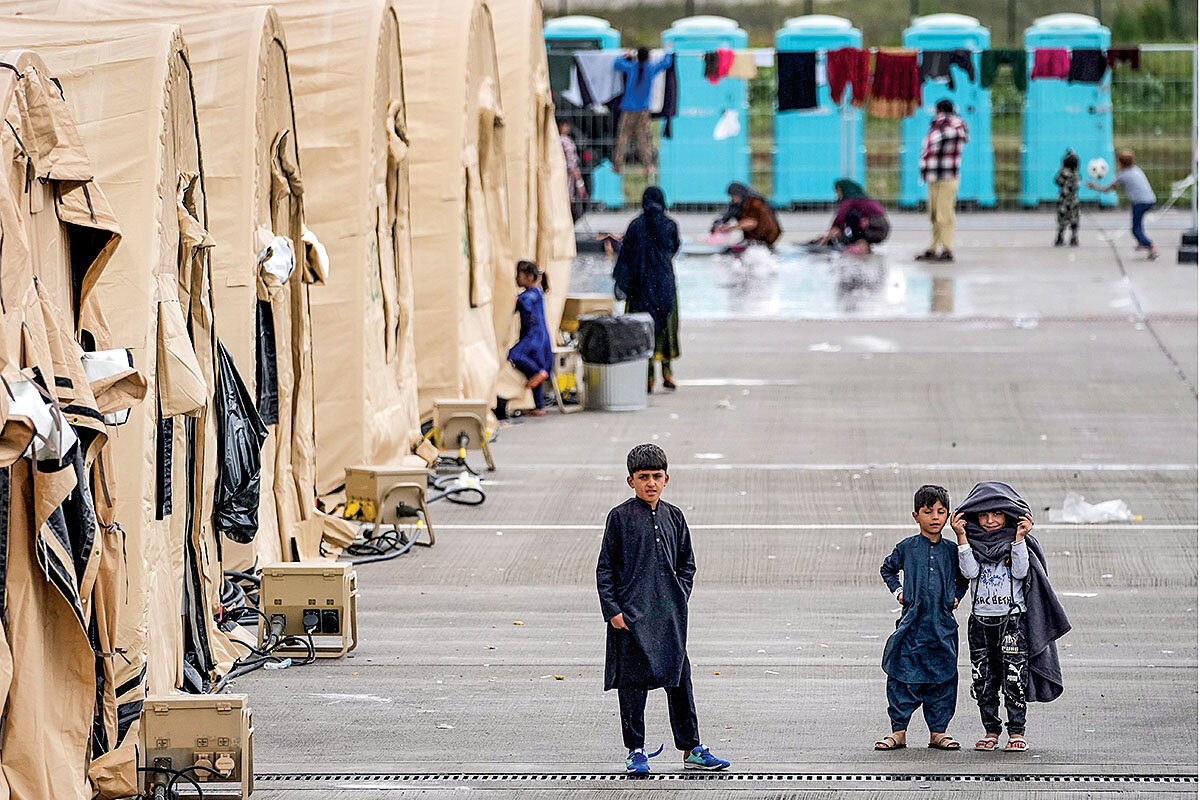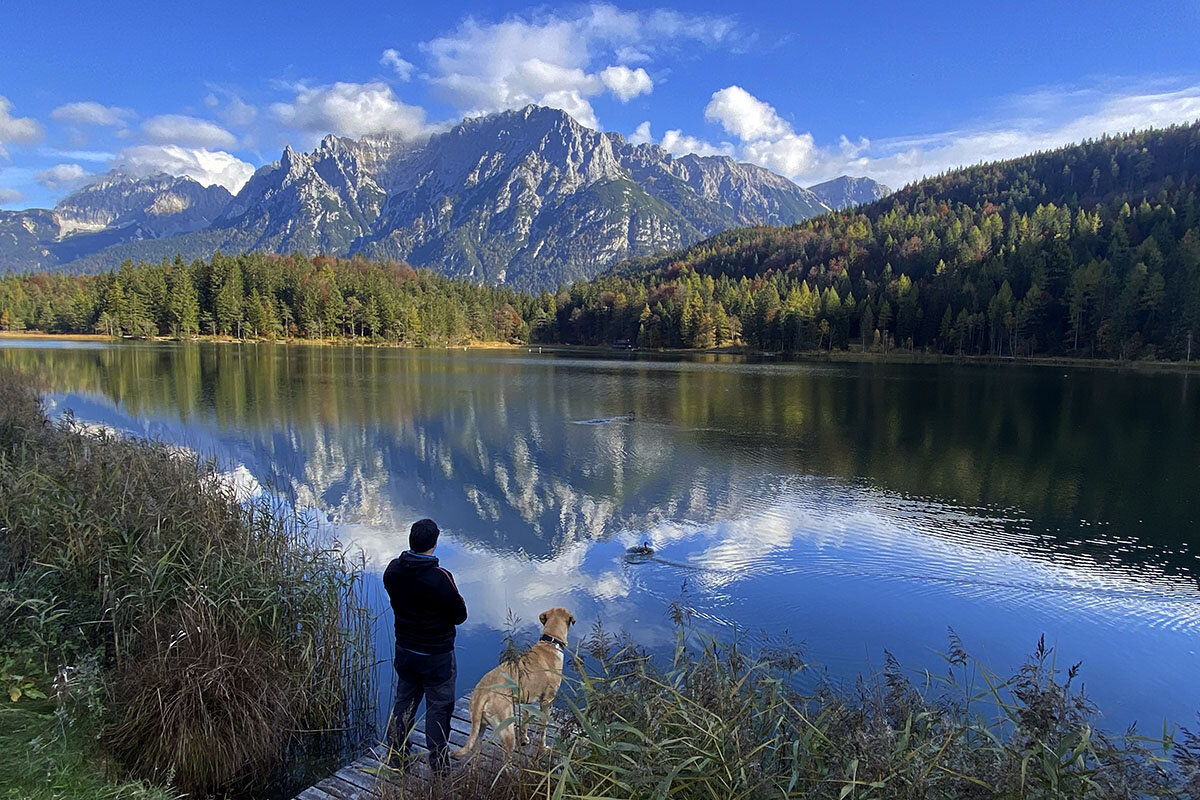The first steps for people after fleeing a country can be daunting. Members of the U.S. military at Ramstein Air Base in Germany are trying to ease that transition for thousands of Afghans airlifted out of Kabul who are eventually headed to the U.S.
Monitor Daily Podcast
- Follow us:
- Apple Podcasts
- Spotify
- RSS Feed
- Download
 April Austin
April Austin
During the time that Anna Mulrine Grobe covered the wars in Afghanistan and Iraq for the Monitor, she felt a special obligation to talk with the women in those countries. “So often when you’re covering these wars, it can be a guys’ story,” she says. “So it’s always been important to me to get the perspective of the other half of the population.”
For today’s lead story about Afghan refugees at a military base in Germany awaiting resettlement in the United States, Anna wanted to include not just how families as a whole were faring, but specifically how the women were doing. She spoke with Maj. Suzanne Stammler, an obstetrician in the U.S. Air Force, who was caring for new and expectant mothers. Dr. Stammler had never deployed to Afghanistan – “You don’t have troops having babies at war,” Anna says. So the doctor was surprised by many cultural aspects of working with Afghan women, from the husbands who answered questions for their wives to the young women who had already experienced multiple pregnancies.
Anna also felt an affinity for Afghan female refugees who were giving birth or about to give birth, “because I had gone through that so recently,” she says. “I had our second little one last year.” She continues, “You hope you can channel that into a few good details that help the reader get a sense of that picture, the plight of these women, their trepidation, and their determination.”











